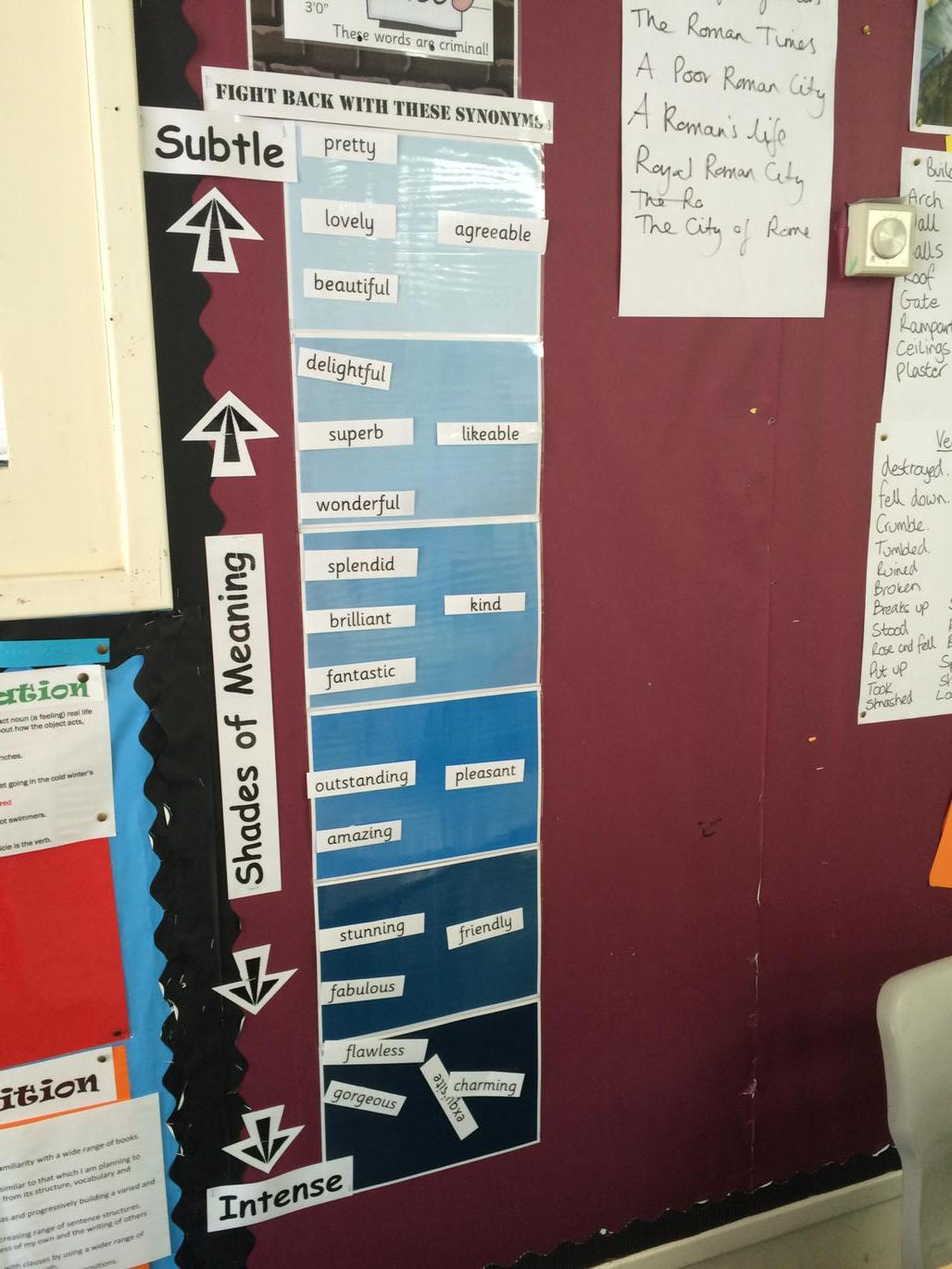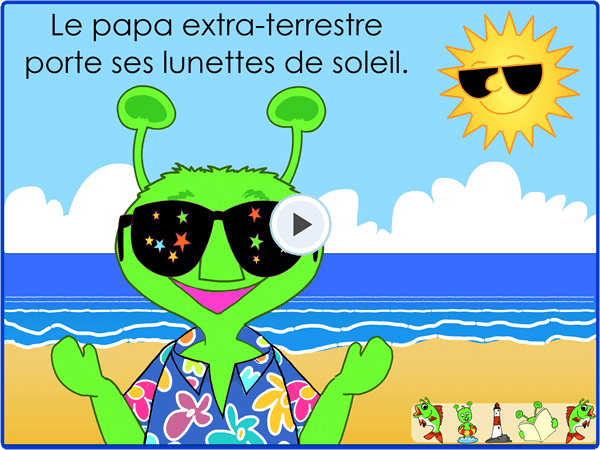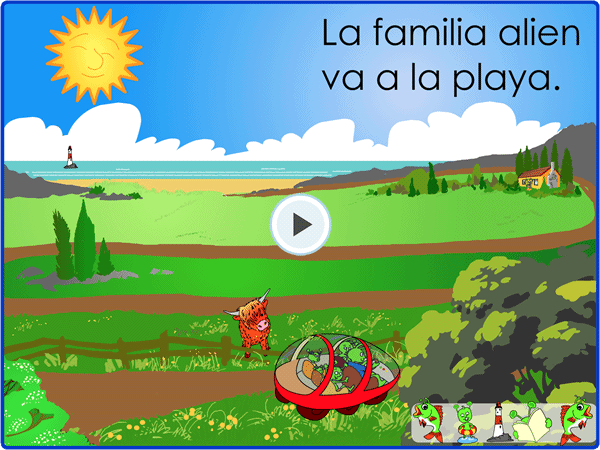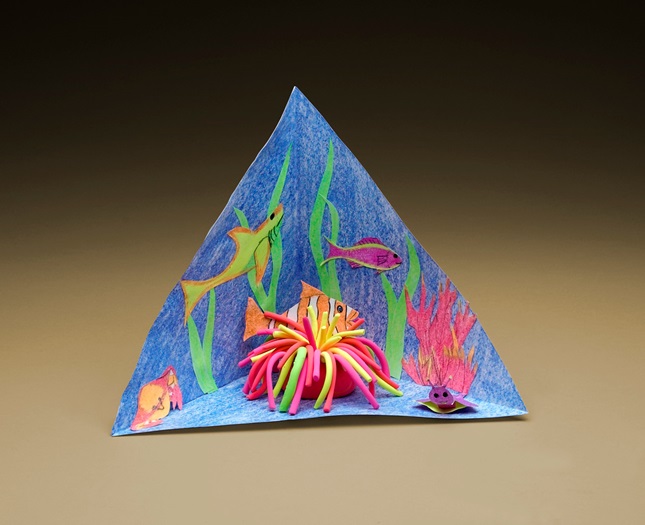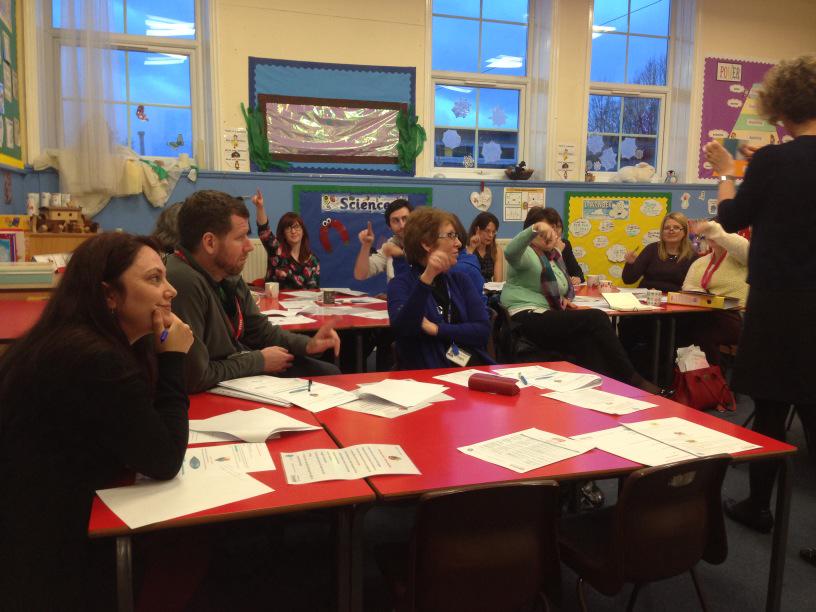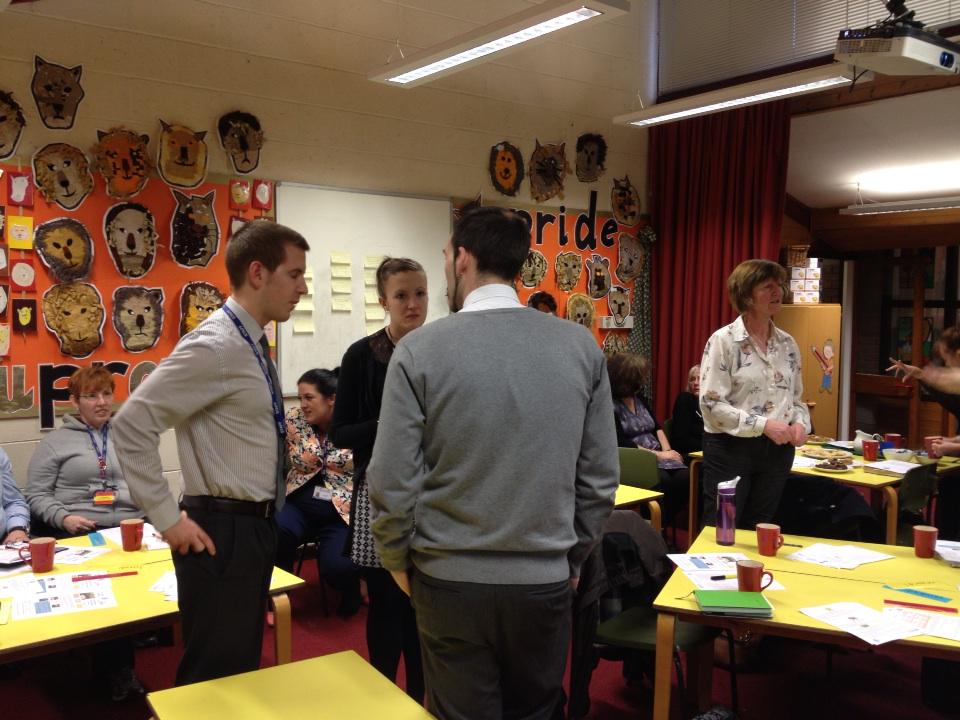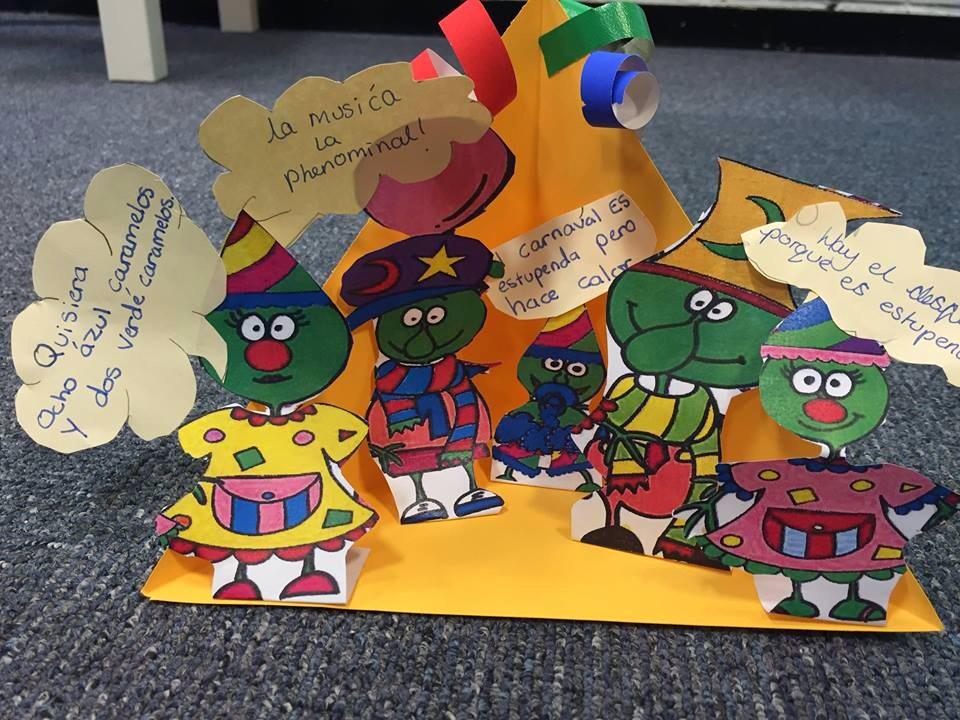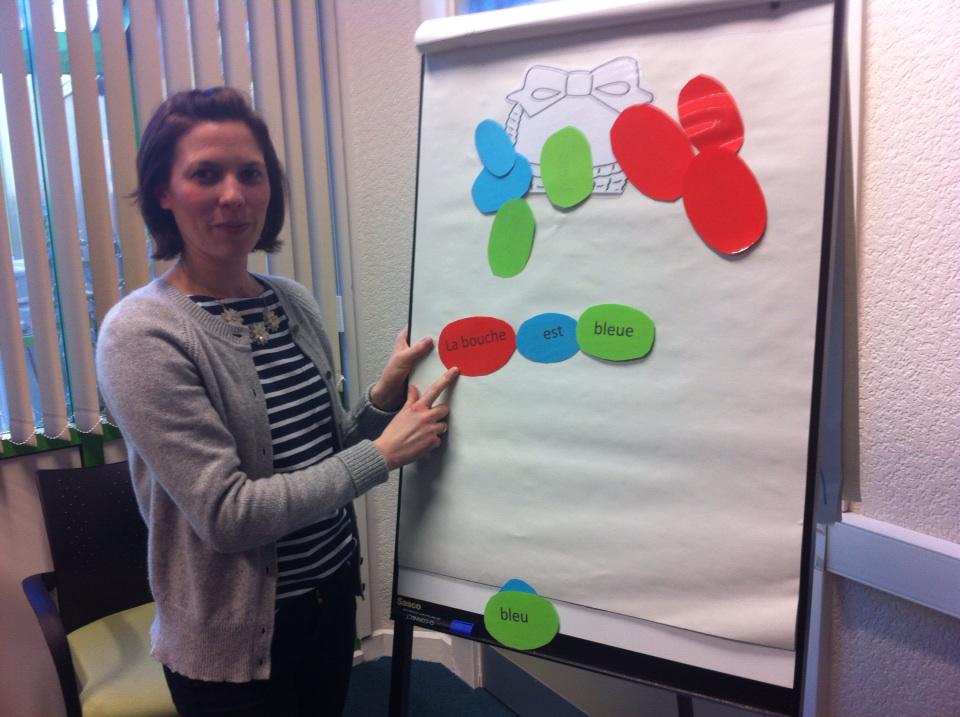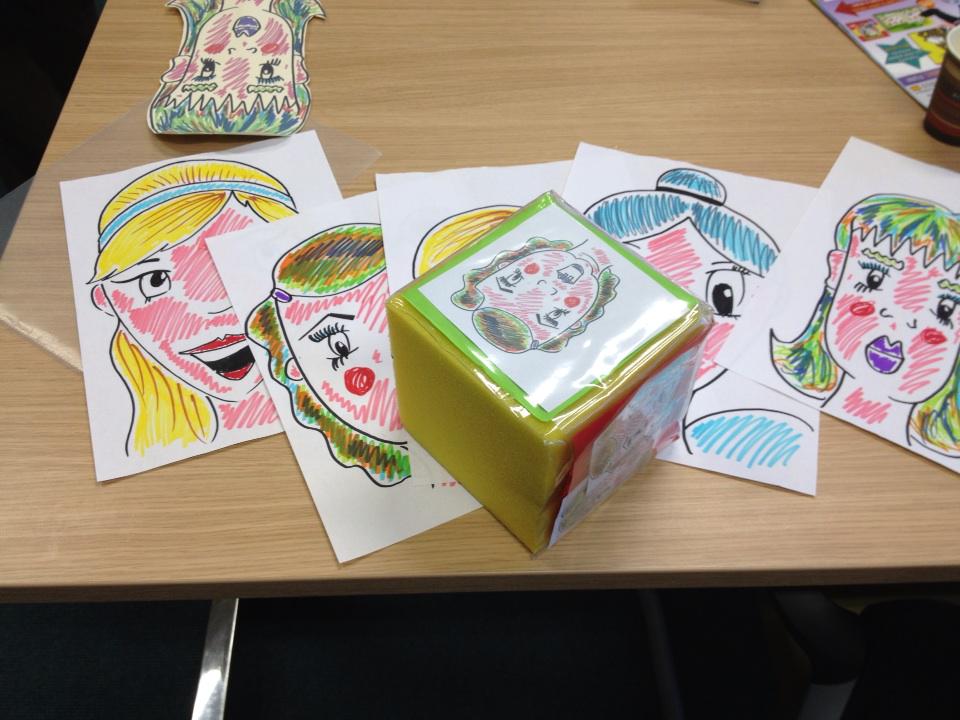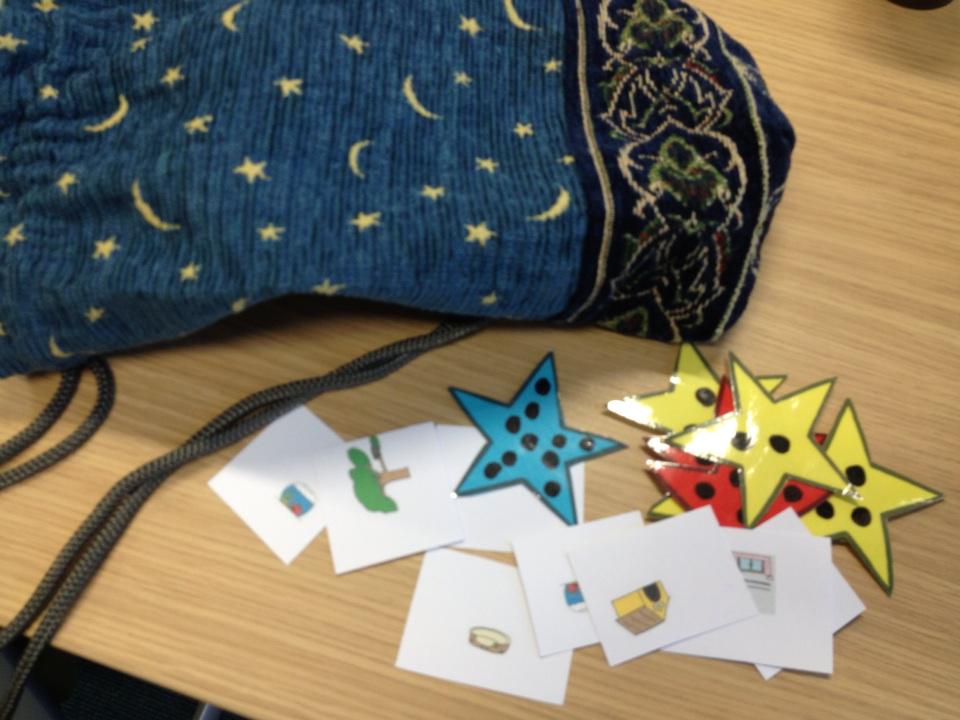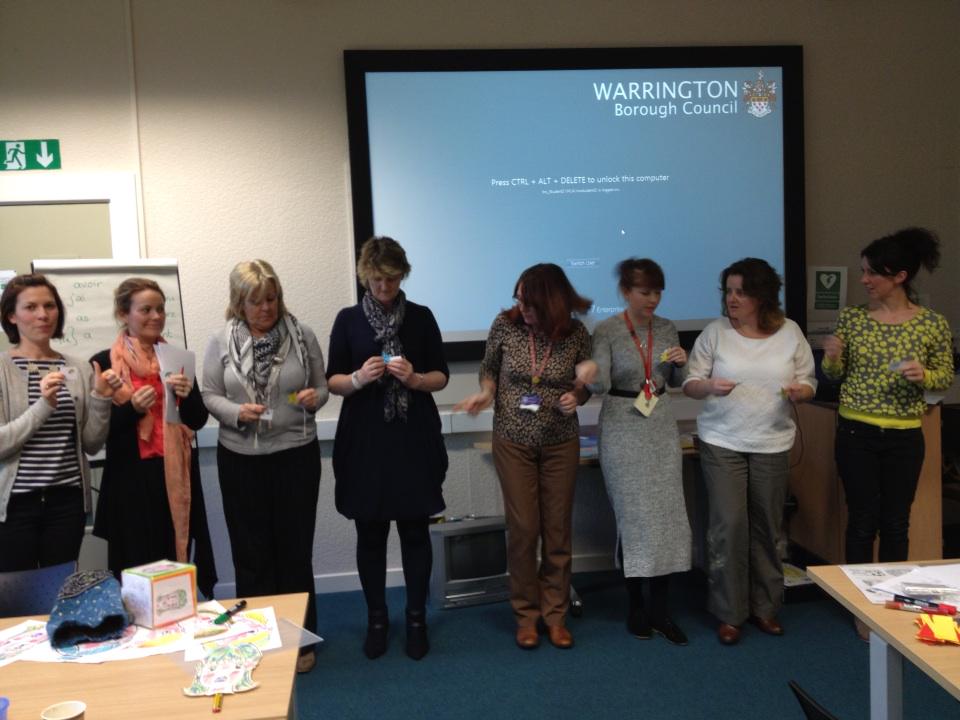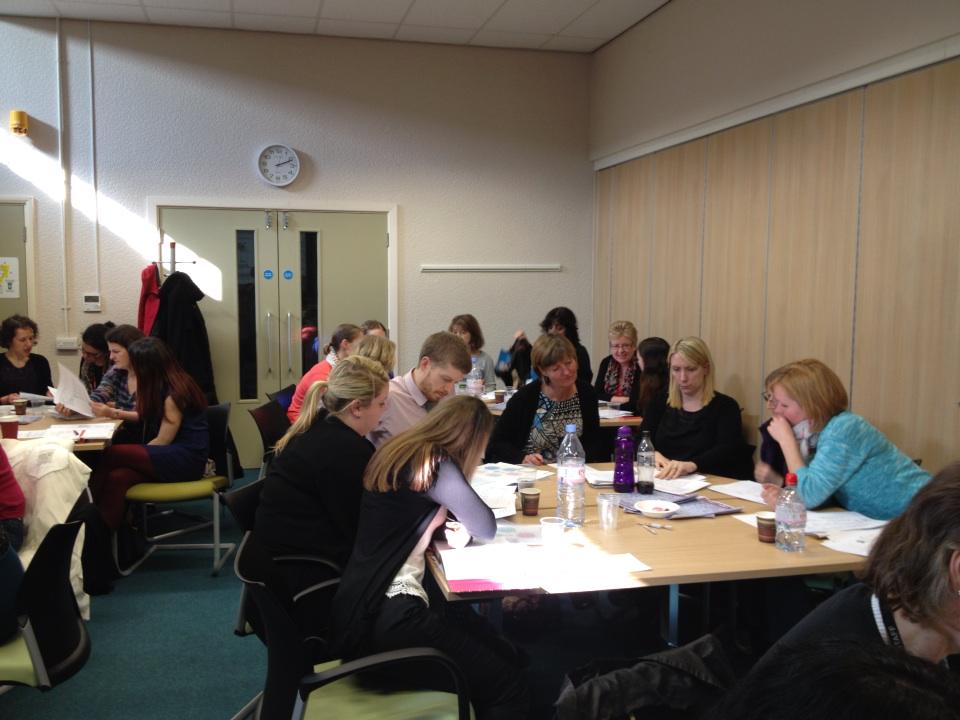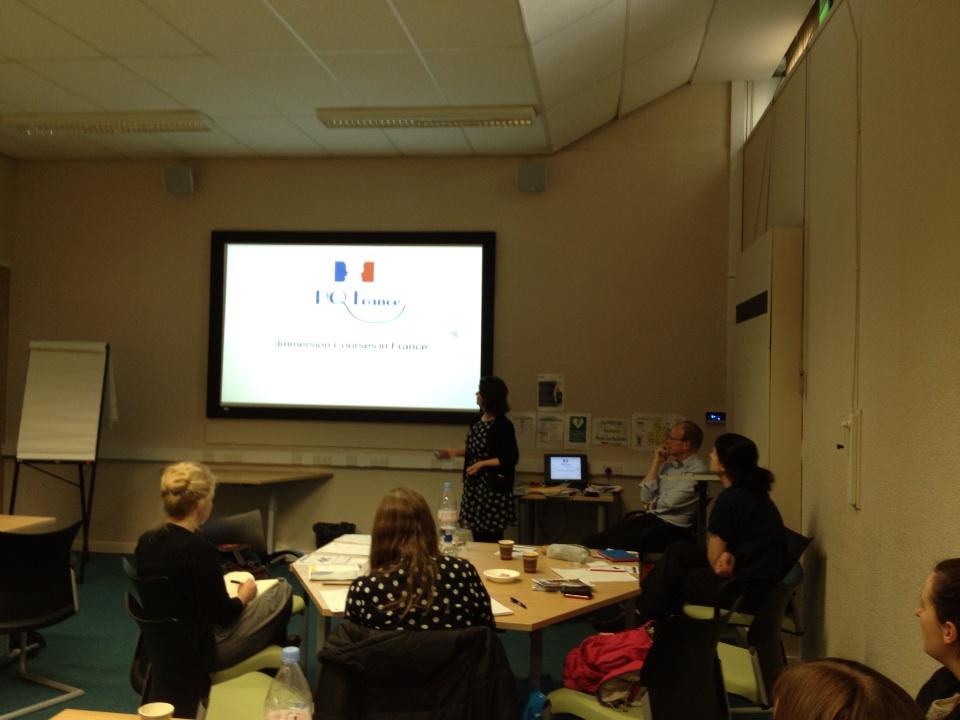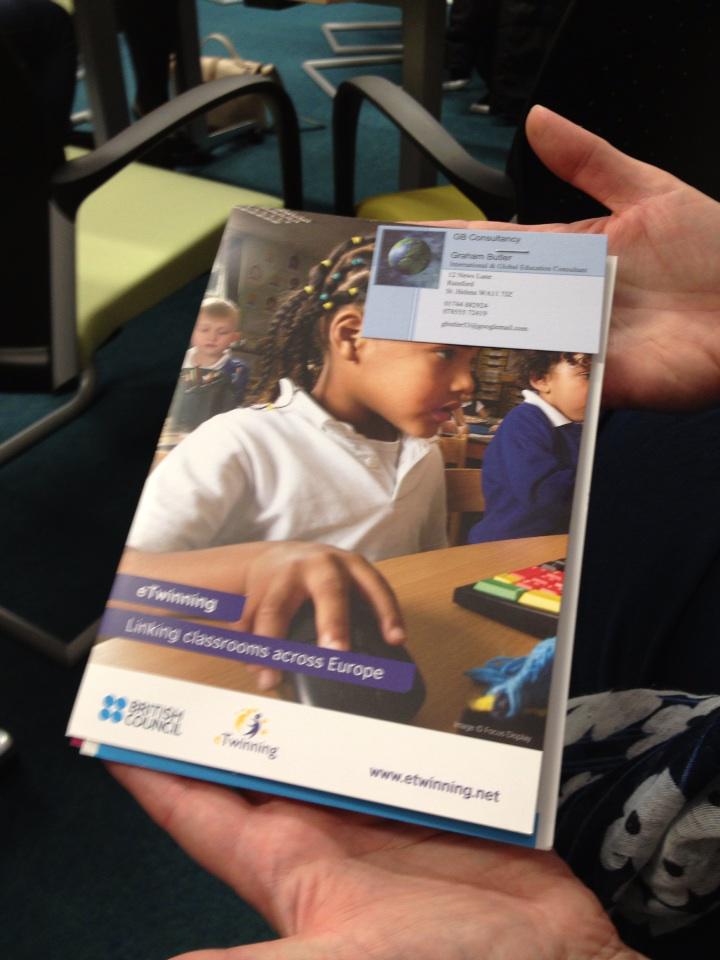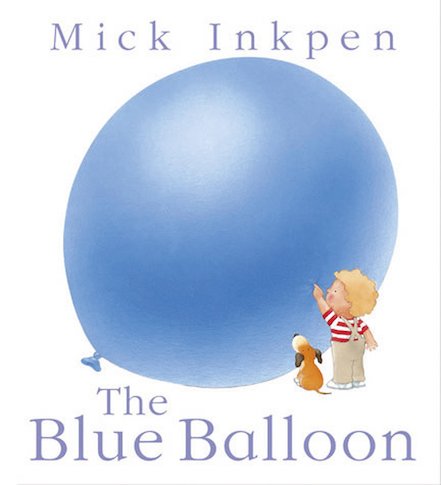In the room with us were primary and secondary colleagues, all of whom identified with what we had to share and could see pathways forward for their own learning environments! Thank you Lisa,Sylvie and Julie!
Lisa made Sketch Notes of presentations and here are her Sketch Notes of my presentation.....and below listed in point form are the points I raised.
Policy to Practicality Points to Consider and Reflect Upon.....
- What does language learning and thought of it make you feel? How was language learning for you at school? Why should this inform your approach in the primary classroom?
- If you are a secondary languages teacher - how can you make sure that your language teaching practice in the primary classroom is language learning for all and not those who pick it up quickly or in certain way?
- If you are a primary specialist teacher then look for all thse wonderful links to literacy that you bring so readily to the classroom.
- If secondary linguists and primary non speicialist language teachers talk and share - it will make and does make already in certain instances magic!
- Are languages a bit like driving a car? I learnt in a Fiat Panda and when my father asked me to reverse the Rover off the drive to pop the new Fiat Panda on the drive - I froze! why ? Well I had learnt in a Fiat ~Panda....could I really reverse a different type of car? Of course I could - slowly and stutteringly but safely .... I had learnt to drive a car hadn't I? What a sense of pride I felt once I had done this! Even to this day I know that I can drive cars- albeit stutteringly at first in a new or strange vehicle!!
- Pupils want to move forward .Self efficacy makes learning a "self" perpetuating need as learners achieve and want to learn more and get better.They like feeling successful- that goes withoit saying really! What we need to do is provide the tools so they can be successful.
- Self efficacy demands that we listen to what the children want to say and we must consider what age and stage our learners are at and what they can already do.A young child for example wants to tell you that he /she has hurt his/ her knee or his/her head hurts and not that he/she has a temperature or may have a stomach upset! Young children generally want to talk about things that are relevant in their lives: sweets,toys, family and today and tomorrow and probably not talk about things that have no relevance in their own lives.
- The Purpose of Study in the DFE POS is a powerful paragraph.The opening line about the "liberation from insularity" is our green light to explore the World with the children.It's the WOW factor!Tasting,investigating,meeting,speaking,singing ,dancing, understanding more about the world and moving away from the small world of the child in some instances! Breing the world in to the classroom - virtually or with real experiences and make it age and stage appropriate!
- Balance the learning between "Listening,Speaking ,Reading and Writing". Acknowledge that not very many people are purely auditory learners.Sometimes the best primary practitioners are those that have to find lots of ways to facilitate learning of limited language because they themselves have got to re-learn or learn for the first time the language they are teaching- which helps them to understand the needs of the learners very well.
- KS1 practitioners are fantastic at seeing the links between basic building bkocks of sentence building in english and the transfer of these activities to KS2.They all seem to love the Sandcastle Sentence Building that we do with our KS2 Y5/6 learners in the network! It seems to me we all have so much to learn from each others' expertise!
- Our young learners told us in a school learning journey programme a few years ago that they wanted to be able to talk to other children their own age and they wanted to hear what they have to say about their lives.This was how they saw being successful in language learning.Age and stage appropriate,this is a wonderful way to engage the language learners of the future! Personal information is still important and we need to provide them with the scaffold of questions and answers and show them how to constrauct dialogues and conversations.
- Be imaginative and creative.I have most certainly been asking children to be "language detectives" all my teaching career with what ever stage or age of learner I have been working - indeed with adults too! Make the learning memorable.
- Problem solve - not you but facitate problem solving for the children .I know of course that not all children want to "do drama" (even though I love this approach!) and I advocate providing a very mixed diet of learning.
- Encourage reading for pleasure and listening just to listen - don't always look for results and progress ....Maybe it happens without us noticing sometimes?
- Link language learning across the curriculum - embed the learning in the curriculum and take time to share this with the wider community.Are you looking at pirates as a school theme? Well what about going on a treaure hunt in languages and go on a word treasure hunt as pirates gathering new treasure from their "pirate bilingual treasure chests - the bilingual dictionary".
- Take time to meet the demands of "emerging, meeting and exceeding" statements we so often here now.Notice that I am suggesting we take time! Let's make learning accessible to all.Remember languages spiral up and spiral down- like Maths - as a learning process.If you rush it, you will lose some on the way! Share the magic tricks (if you are a linguist) - explain that you don't know every word or you don't know how to say every word or get the gender right every time.Share the tricks of phonics, synthesis , bilingual dictionaries, watching , mimicking, having another go , tryong to use new language in different circumstances, memory skills, jusing our voice machines....language learning skills ( any one remember those?) .If you are a non -specialst then go on a languages learning strategies journey with your children.Give them time to share and discuss these strategies - as this will help them if they swap languages too.(Remember my analogy -the Fiat Panda?)
- Plan for progress.In KS1 we look at "education of the ear".In KS2 plan for progress with grammar.Make it one of the most exciting and memorable journeys that children take .I mean -how exciting is it to find out that there is more than one word for "THE"!!! ??? And if you are a languages' expert I believe that with a little help all faciliators of language learning can facilitate basic understanding of grammar- we just need to hep others!
- Moving on in to Year 7 consider the progress and build on the foundations laid.Talk (perhaps work) with your primary colleagues.Don't knock the building blocks down, but review, reflect and then build upon the language explorations the children have taken part during their primary language learning journey.
Let's not try to square the circle.One Key stage is different to anothet ,but let's enable each of us to put building blocks in place,so that children can move forward and access joined up thinking that takes our young language learners on a very exciting skill development journey ...becoming a linguist!
Some of us remember the last time we felt the "language learning train had set off from the station" ... this time in my opinion we must all keep going on the journey!
I picked a lego train on purpose (left) because we all have something valuable to contribute and we must join up the dots to make progress.
Linguists like recurring patterns,problem solving, puzzles and communicating with others - so we should be able to do this!









